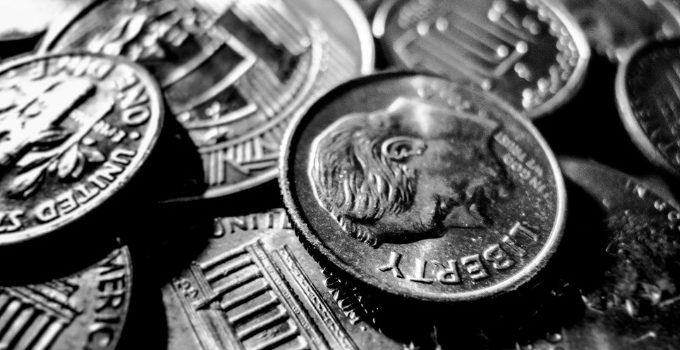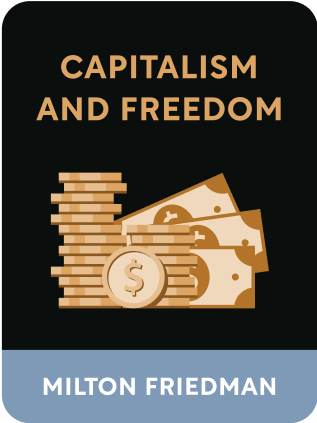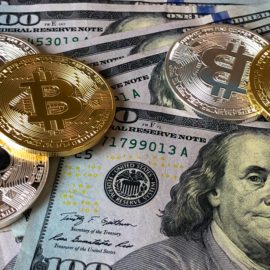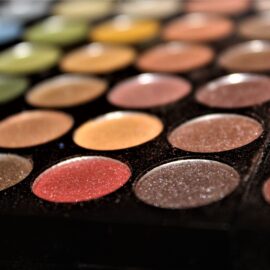

This article is an excerpt from the Shortform book guide to "Capitalism and Freedom" by Milton Friedman. Shortform has the world's best summaries and analyses of books you should be reading.
Like this article? Sign up for a free trial here .
How does the central bank control money supply? Why does the central bank control money?
When considering how to economy works, many people ask “how does the central bank control money supply?” Most countries have some sort of federal reserve that ensures banks have liquid capital and manage how they conduct business.
Keep reading to answer the question “how does the central bank control money supply?”
How Do Central Banks Control Money Supply?
Because governments must play some role in the regulation of the money supply in a modern economy, central banks like the Bank of England in the UK or the Federal Reserve System in the US have emerged to take on this core function. Central banks are publicly chartered financial institutions that have the power to increase or decrease the supply and circulation of money in an economy, primarily through their control of interest rates. So how do central banks control money supply?
When the United States Federal Reserve System (usually referred to as “the Fed”) believes that the money supply is too low (as in cases of deflation, or falling prices), it purchases US Treasury securities from large private banks. These purchases give the banks new reserves of cash that they can use to issue loans to other banks, infusing new liquidity into the system and enabling interest rates to drop throughout the economy.

———End of Preview———
Like what you just read? Read the rest of the world's best book summary and analysis of Milton Friedman's "Capitalism and Freedom" at Shortform .
Here's what you'll find in our full Capitalism and Freedom summary :
- The key principles from Milton Friedman's Nobel Prize-winning book
- Why capitalism functions best when it is freed from government restraints
- How forced redistribution schemes are morally unjust






